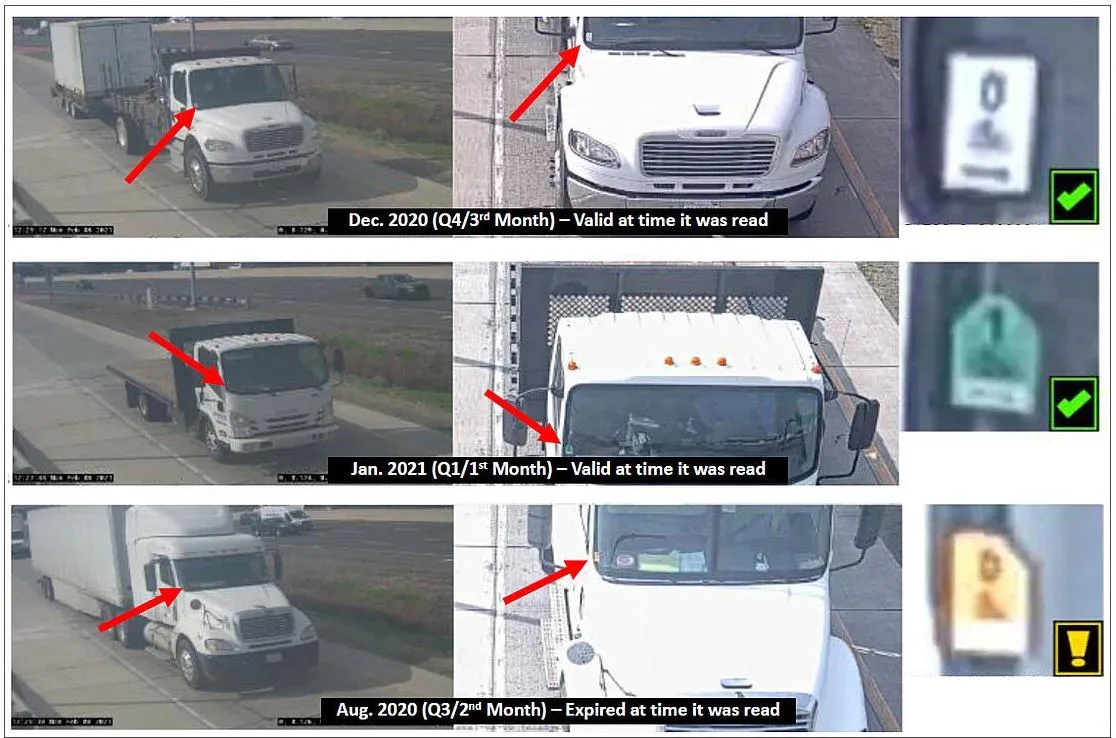Kapsch TrafficCom North America (Kapsch), part of Kapsch TrafficCom Group, has been selected by engineering and construction company HNTB and the Michigan DOT (MDOT) to deliver a truck parking connected-vehicle system at five sites along the I-94 corridor in Michigan. Kapsch will supply 5.9 GHz Dedicated Short Range Communications (DSRC) in-vehicle units and roadside equipment with customised application software that together provide drivers with real-time truck parking availability information from MDOT f
March 13, 2013
Read time: 2 mins
Kapsch will supply 5.9 GHz Dedicated Short Range Communications (DSRC) in-vehicle units and roadside equipment with customised application software that together provide drivers with real-time truck parking availability information from MDOT facilities and private truck stops. According to Kapsch, this system is the first truck parking system to be deployed in North America utilising 5.9 GHz, the chosen technology for the US DOT Connected Vehicle Safety Pilot program. The system will be fully delivered in December 2013.
The in-vehicle segment of the Kapsch solution will consist of a location-based application running on the TS3306 5.9 GHz DSRC on-board unit and a truck parking application user interface hosted on an off-the-shelf Android-based tablet. The roadside segment will feature the MTX-9450 5.9 GHz DSRC Wave transceiver, interfacing with MDOT’s advanced traffic management system, which will supply real-time truck parking availability data.
“With the advent of monitoring commercial vehicle driver hours of service through electronic on-board recorders, the importance of knowing not only where the closest truck stop is but also the corresponding space availability is now a ‘must-have’ for the commercial vehicle marketplace,” said Chris Murray, president and CEO, Kapsch TrafficCom North America. “This trial further delineates the value enabled by utilizing 5.9 GHz technology for an ever expanding array of commercial vehicle applications.”
“The proposal from Kapsch demonstrated exemplary value to the I-94 truck parking project,” said Eric Morris, associate vice president and project manager for HNTB. “A robust understanding of our project’s needs coupled with the demonstrated experience at the 2012 World Congress, as well as the I-70 pre-pass pilot, gave HNTB and MDOT the confidence we needed that Kapsch will deliver a stellar product.”
Kapsch also is currently participating in a wireless assessment pilot project with Help at five inspection facilities in Indiana, Illinois and Ohio to demonstrate the power of automated screening of driver, paperless credential and commercial vehicle information utilising 5.9 GHz DSRC. The benefits for states and carriers include improved highway safety and mobility, greater carrier compliance, and significant time, money and fuel savings, say Kapsch.









